Youngdong Kim
Joint Negative and Positive Learning for Noisy Labels
Apr 14, 2021
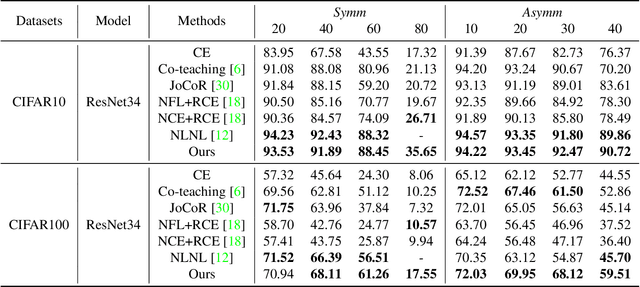
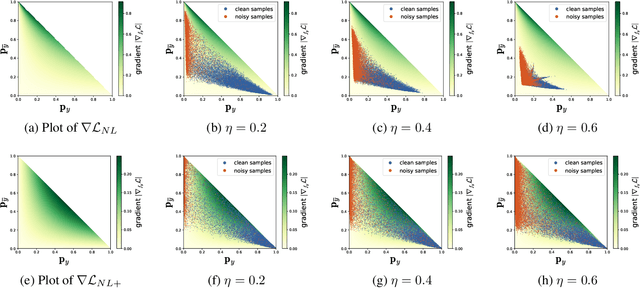
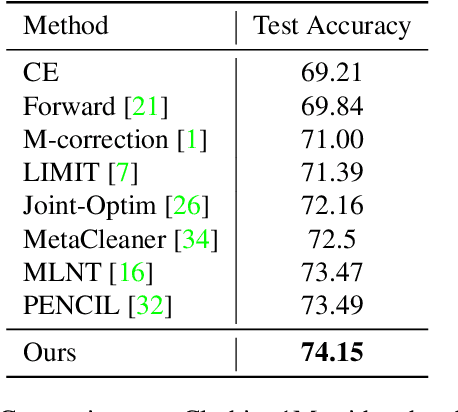
Abstract:Training of Convolutional Neural Networks (CNNs) with data with noisy labels is known to be a challenge. Based on the fact that directly providing the label to the data (Positive Learning; PL) has a risk of allowing CNNs to memorize the contaminated labels for the case of noisy data, the indirect learning approach that uses complementary labels (Negative Learning for Noisy Labels; NLNL) has proven to be highly effective in preventing overfitting to noisy data as it reduces the risk of providing faulty target. NLNL further employs a three-stage pipeline to improve convergence. As a result, filtering noisy data through the NLNL pipeline is cumbersome, increasing the training cost. In this study, we propose a novel improvement of NLNL, named Joint Negative and Positive Learning (JNPL), that unifies the filtering pipeline into a single stage. JNPL trains CNN via two losses, NL+ and PL+, which are improved upon NL and PL loss functions, respectively. We analyze the fundamental issue of NL loss function and develop new NL+ loss function producing gradient that enhances the convergence of noisy data. Furthermore, PL+ loss function is designed to enable faster convergence to expected-to-be-clean data. We show that the NL+ and PL+ train CNN simultaneously, significantly simplifying the pipeline, allowing greater ease of practical use compared to NLNL. With a simple semi-supervised training technique, our method achieves state-of-the-art accuracy for noisy data classification based on the superior filtering ability.
NLNL: Negative Learning for Noisy Labels
Aug 19, 2019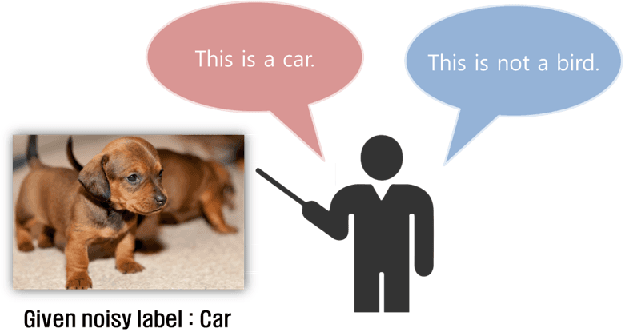

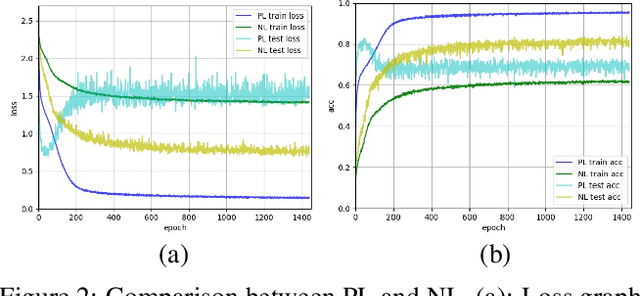

Abstract:Convolutional Neural Networks (CNNs) provide excellent performance when used for image classification. The classical method of training CNNs is by labeling images in a supervised manner as in "input image belongs to this label" (Positive Learning; PL), which is a fast and accurate method if the labels are assigned correctly to all images. However, if inaccurate labels, or noisy labels, exist, training with PL will provide wrong information, thus severely degrading performance. To address this issue, we start with an indirect learning method called Negative Learning (NL), in which the CNNs are trained using a complementary label as in "input image does not belong to this complementary label." Because the chances of selecting a true label as a complementary label are low, NL decreases the risk of providing incorrect information. Furthermore, to improve convergence, we extend our method by adopting PL selectively, termed as Selective Negative Learning and Positive Learning (SelNLPL). PL is used selectively to train upon expected-to-be-clean data, whose choices become possible as NL progresses, thus resulting in superior performance of filtering out noisy data. With simple semi-supervised training technique, our method achieves state-of-the-art accuracy for noisy data classification, proving the superiority of SelNLPL's noisy data filtering ability.
 Add to Chrome
Add to Chrome Add to Firefox
Add to Firefox Add to Edge
Add to Edge